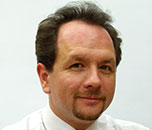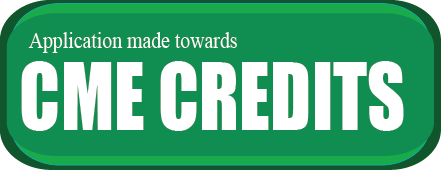
Daniel Racoceanu
Sorbonne University, France
Title: Integrative digital pathology: Integrating phenotype with omics in future digital pathology
Biography
Biography: Daniel Racoceanu
Abstract
In line with recent advances in molecular imaging and genetics, keeping the microscopic modality at the core of future digital systems in pathology is fundamental to insure the acceptance of these new technologies, as well as a deeper systemic, structured comprehension of the pathologies. After all, at the scale of routine whole-slide imaging, the microscopic image represents a resolution at the scale of genomic information, enabling a naturally structured support for integrative digital pathology approaches. In order to accelerate and structure the integration of this heterogeneous information, a major effort is and will continue to be devoted to morphological micro-semiology (microscopic morphology semantics). The massive amount of visual data is challenging and represents an intrinsic characteristic to digital pathology. In parallel, progresses in cancer genomics, propelled by advances from Next Generation Sequencing, have enabled a very accurate molecular characterization of a patient’s tumor. Various large-scale projects (such as The Cancer Genome Atlas-TCGA or the International Cancer Genome Consortium) have initiated deepening the knowledge about the genomic landscape of alterations that can be linked to tumors. Indeed, the molecular characterization of a tumor has the potential to improve patient outcome in various ways. However, this information is mostly considered in an independent manner from the morphology of the population of tumor cells. Exploiting the richness conveyed by giving a spatial/morphological dimension together with the information on the molecular determinants of tumor growth could enable better-informed diagnostics. The scope of this insight is to support the emergence of an integrative framework able to leverage the morphological evidence coming from digital imaging, in order to guide the interpretation of omics data and the other way around, to help the pathologist performing its diagnostic on tumor grading after replacing it in its genetic/molecular context.

